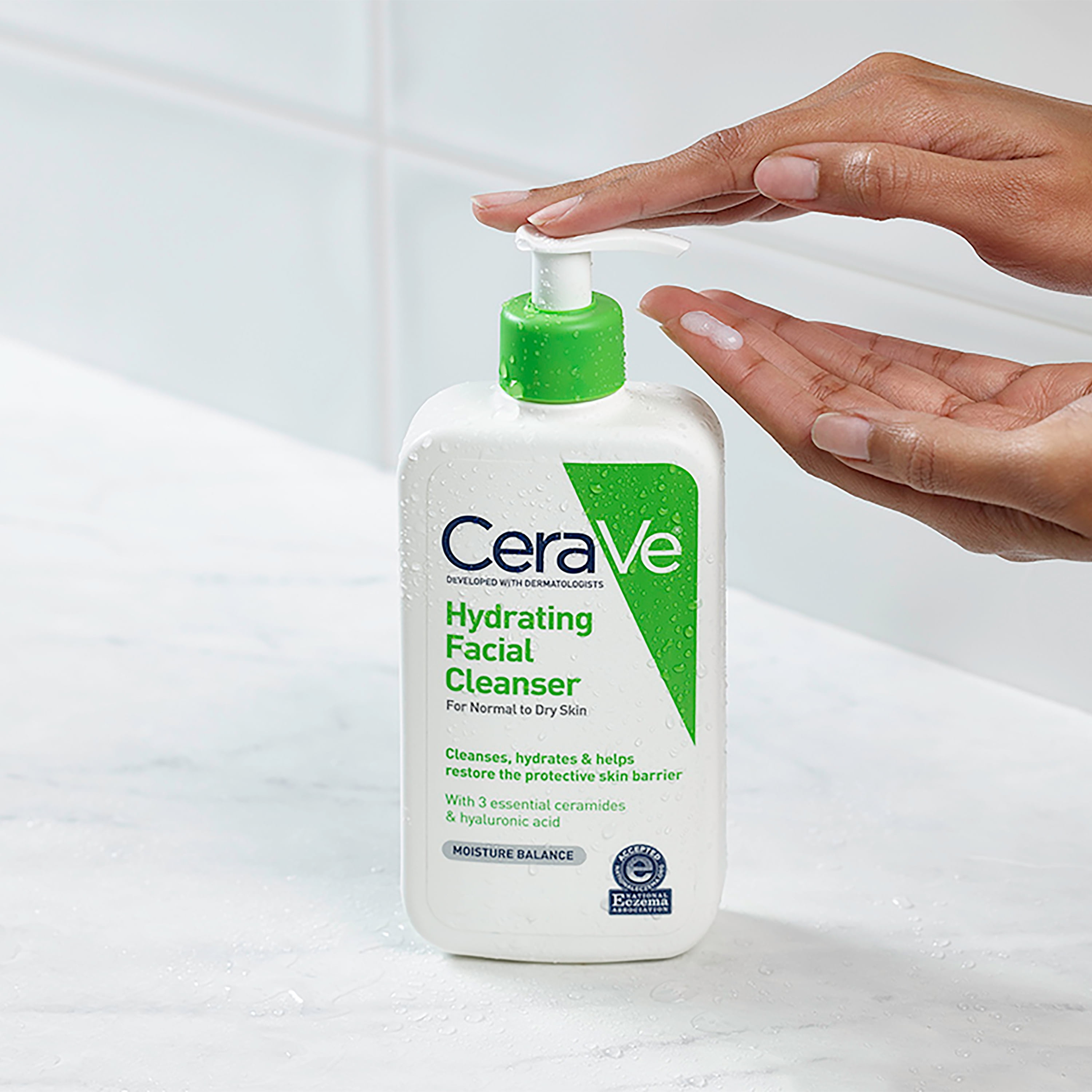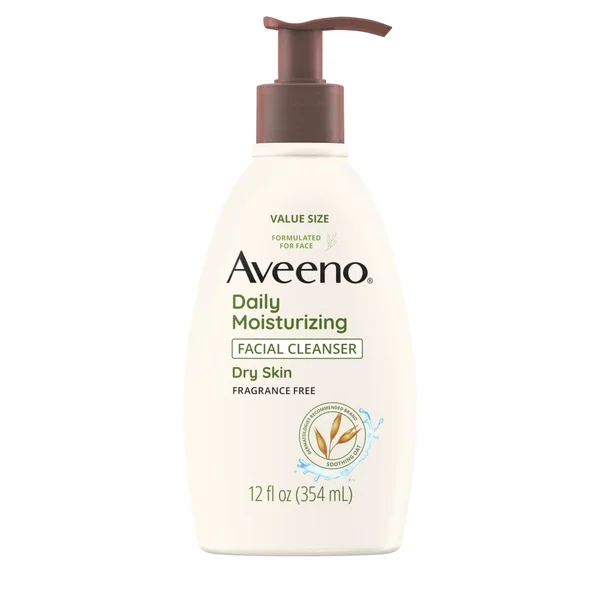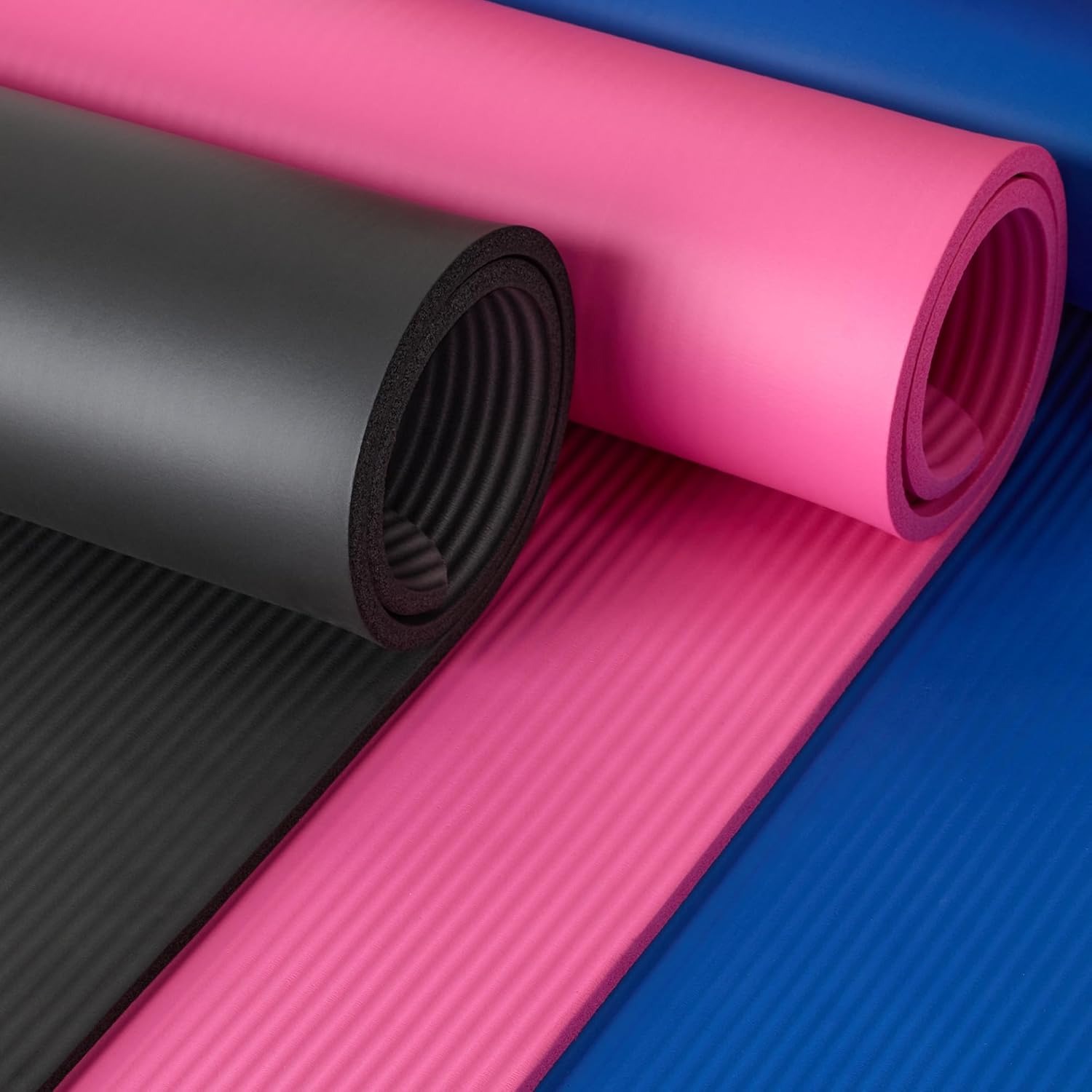Importance of Moisturizing Cleansers in Skincare
Maintaining healthy skin begins with cleansing. Yet, it’s not just about removing dirt and makeup. Hydration plays a vital role. Moisturizing facial cleanser offer a dual benefit. They clean your face while adding moisture back into the skin. This is essential for keeping skin soft, supple, and radiant.
Dryness can be a sign of skin stress. Without moisture, skin can become flaky, itchy, or tight. This discomfort leads to premature aging signs like wrinkles. Moisturizing cleansers help prevent these issues. They are often enriched with hydrating agents like glycerin or hyaluronic acid.
These cleansers support the skin’s natural barrier. They help defend against environmental aggressors, such as pollution and harsh weather. A strong barrier also locks in moisture. This means skin remains more resilient and less prone to irritation.
Moisturizing facial cleansers are a step up from regular cleansers. They’re especially useful in cold and dry climates where skin easily loses moisture. For those with dry or sensitive skin, they’re even more important. They can soothe and comfort the skin with every wash.
Implementing a moisturizing cleanser into your skincare routine is straightforward. Use it twice daily, morning and evening. This ensures that your skin stays hydrated round the clock. Remember, healthy skin is more than just clear. It’s also well-hydrated and balanced.

Key Ingredients to Look for in a Moisturizing Facial Cleanser
When selecting a moisturizing facial cleanser, certain key ingredients can make all the difference. Look out for these components:
- Glycerin: This ingredient draws moisture from the air into your skin. It’s gentle and helps keep skin soft and hydrated.
- Hyaluronic Acid: Known for its ability to hold up to 1000 times its weight in water, hyaluronic acid deeply hydrates and plumps the skin.
- Ceramides: These lipid molecules strengthen the skin’s barrier, retaining moisture and protecting against environmental damage.
- Aloe Vera: A soothing agent, aloe vera calms the skin while providing hydration.
- Vitamin E: An antioxidant that helps to protect the skin from oxidative stress while moisturizing it.
- Natural Oils: Oils like jojoba, argan, and sweet almond oil are fantastic for nourishing the skin and restoring moisture without clogging pores.
It’s important to balance cleanser ingredients with your skin type. For sensitive skin, avoid harsh chemicals and fragrances. These can do more harm than good. Instead, choose a moisturizing facial cleanser with gentle, hydrating ingredients. This way you support your skin’s natural defenses, and help maintain its health and radiance.
Identifying Your Skin Type and Its Needs
To choose the right moisturizing facial cleanser, know your skin type first. Skin types vary from oily, dry, combination, to sensitive. Each requires different care.
- Oily Skin: If your skin is often shiny with enlarged pores, pick a lightweight moisturizing cleanser. Avoid heavy creams that may clog pores.
- Dry Skin: Look for rich, creamy cleansers. These usually contain oils that provide extra hydration.
- Combination Skin: Combination skin means dry cheeks and an oily T-zone. Go for a balanced cleanser that can tackle both areas.
- Sensitive Skin: For sensitive skin, choose cleansers free from fragrances and harsh chemicals. These can irritate.
Use trial and error to see how your skin responds to different moisturizing facial cleansers. Start with samples if you can. This helps you find what works best without committing to a full-size product. Always read labels for any potential allergens or irritants. Your skin’s needs may change with seasons or age. Reassess your skin type as needed. Adjust your cleansing routine to keep skin looking and feeling its best.
The Role of pH Levels in Facial Cleansers
Understanding the role of pH levels in facial cleansers is crucial for skin health. The pH scale measures how acidic or alkaline a substance is. It ranges from 0 to 14. A pH level of 7 is neutral, which is the natural pH of water. Skin has a natural pH of around 4.7 to 5.75, which is slightly acidic. This acidity helps to keep the skin’s barrier intact and supports the good bacteria that protect the skin from infection.
When choosing a moisturizing facial cleanser, it’s important to consider its pH level. A cleanser with a high pH might strip the skin of its natural oils. This can lead to dryness and irritation. On the other hand, using a cleanser with a pH level that’s close to that of skin helps maintain its acid mantle. This can prevent bacteria growth and keep skin hydrated.
Many moisturizing facial cleansers are formulated to match the skin’s natural pH. Look for cleansers that advertise a “balanced pH” or “pH-friendly”. These are gentle and can help preserve the skin’s moisture and natural defenses.
Remember to always check the label for the pH level. If it’s not stated, research the brand or product online to ensure that the moisturizer matches your skin’s pH requirements. Using a pH-appropriate cleanser can make a significant difference in your skin’s health and appearance.
Best Practices for Using Moisturizing Cleansers
To make the most of your moisturizing facial cleanser, follow these best practices:
- Use Lukewarm Water: Hot water can strip the skin of natural oils. Use lukewarm water to maintain moisture levels.
- Gentle Application: Apply the cleanser with soft, circular motions. Avoid harsh scrubbing that can damage the skin.
- Do Not Over-Cleanse: Washing your face too often can lead to over-drying. Stick to cleansing twice a day.
- Pat Dry: After rinsing, pat your skin gently with a soft towel. Do not rub, as it can irritate the skin.
- Follow with Moisturizer: Apply a moisturizer after cleansing to lock in hydration. This is key for healthy skin.
- Sun Protection: In the morning, use a moisturizer with SPF to protect against sun damage.
- Adjust as Needed: Listen to your skin. If it feels tight or uncomfortable, you may need to switch products.
Following these steps will help your skin stay balanced and hydrated. A quality moisturizing facial cleanser is a cornerstone of good skincare, but how you use it is just as important.

Top Reviewed Moisturizing Facial Cleansers
Choosing the best moisturizing facial cleanser can be overwhelming. With so many options, how do you know which one to trust? The top-reviewed cleansers on the market have a few things in common. They offer balanced hydration, gentle ingredients, and positive customer feedback. Whether online or from dermatologists, top-reviewed cleansers come highly recommended.
- Cetaphil Gentle Skin Cleanser: This cleanser is a favorite among dermatologists. It’s designed for all skin types and is gentle enough for daily use. Reviews often mention its non-irritating formula.
- La Roche-Posay Toleriane Hydrating Gentle Cleanser: This product has a creamy texture. It contains prebiotic thermal water, niacinamide, and ceramides. Reviewers love its ability to cleanse without stripping the skin’s natural oils.
- Neutrogena Hydro Boost Hydrating Cleansing Gel: Infused with hyaluronic acid, this cleanser is praised for its hydrating properties. Users with dry skin report a noticeable difference in skin texture after use.
- CeraVe Hydrating Facial Cleanser: Rich in ceramides and hyaluronic acid, it strengthens the skin barrier. Reviews appreciate that it leaves their skin feeling soft, not tight.
- Aveeno Ultra-Calming Foaming Cleanser: Ideal for sensitive skin, this cleanser has soothing feverfew and oat. Users highlight the fact that it calms irritation and reduces redness.
These cleansers have earned their reputation through user satisfaction. Their ingredients support skin health and hydration. When searching for the right moisturizing facial cleanser, consider these top-rated options. Remember to assess ingredients in line with your skin type. Reviews can guide you, but personal trial is key for finding your perfect match.

Understanding the Difference Between Cleansers and Soaps
Choosing the right product for your skin is key to maintaining its health. Not all products that clean your skin are alike. It’s important to understand the difference between cleansers and soaps. This knowledge can guide you in picking the best moisturizing facial cleanser.
Cleansers are typically gentler than soaps. They are designed to hydrate while they clean. Most are made with ingredients that attract moisture to the skin. For example, they may contain hyaluronic acid or glycerin. They can help maintain the skin’s pH balance, preserve the natural oils, and support the skin barrier. Cleansers are well-suited for most skin types, especially dry and sensitive skin.
Soaps, on the other hand, often have higher pH levels. They can be more alkaline than the skin needs. This can strip away natural oils leading to dryness and irritation. Soaps might also contain fragrances or other harsh chemicals. These ingredients can further aggravate sensitive skin. It’s usually recommended to avoid traditional soaps for facial care, particularly if you have sensitive or dry skin.
Moisturizing facial cleansers come in different forms, such as foams, gels, and creams. Each type can offer unique benefits. But they all aim to clean without over-drying your skin. When shopping for a facial cleanser, read labels carefully. Avoid soaps that are not specifically designed for facial use. And keep an eye out for key hydrating ingredients that your skin will love.
By understanding these differences, you can make a better decision for your skincare routine. Opt for a moisturizing facial cleanser that suits your specific skin needs. This will keep your skin clean, healthy, and hydrated.

Tips for Integrating a Moisturizing Cleanser into Your Routine
When adding a moisturizing facial cleanser to your skincare routine, keep these tips in mind:
- Start Slow: Introduce your new cleanser gradually. Begin by using it once a day. This helps your skin adjust without shock.
- Monitor Skin Reaction: Pay close attention to how your skin reacts. Look for any signs of discomfort or improvement. Adjust usage based on what you notice.
- Consistency is Key: For best results, use your moisturizing cleanser regularly. Stick to the twice-daily recommendation unless your skin requires otherwise.
- Combine with Compatible Products: Use skincare products that complement your cleanser. This ensures that they work well together for your skin’s health.
- Avoid Mixing Too Many Brands: Sticking to one skincare brand can prevent ingredient clashes. This helps your skin maintain balance.
- Evening Routine Matters: In the evening, remove makeup before cleansing. This ensures that your cleanser works effectively.
- Be Patient: Give your skin time to show results. Sometimes, it takes a few weeks for the full benefits to appear.
- Seasonal Adjustments: Change your cleanser as needed when the seasons change. Your skin may need more or less moisture depending on the climate.
By following these simple steps, you can successfully incorporate a moisturizing facial cleanser into your daily skincare regimen. This will contribute to a healthier, more radiant complexion.



